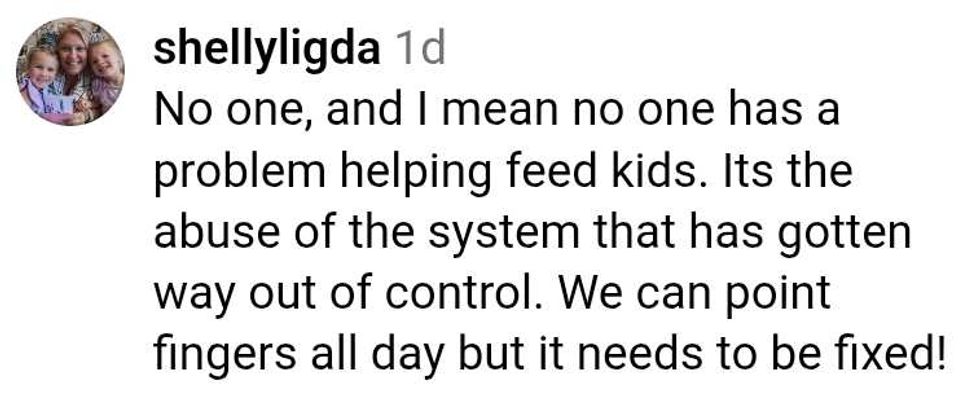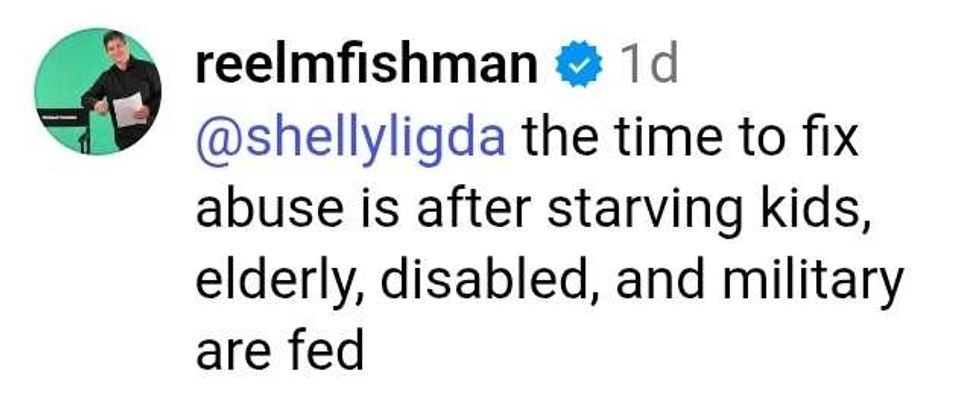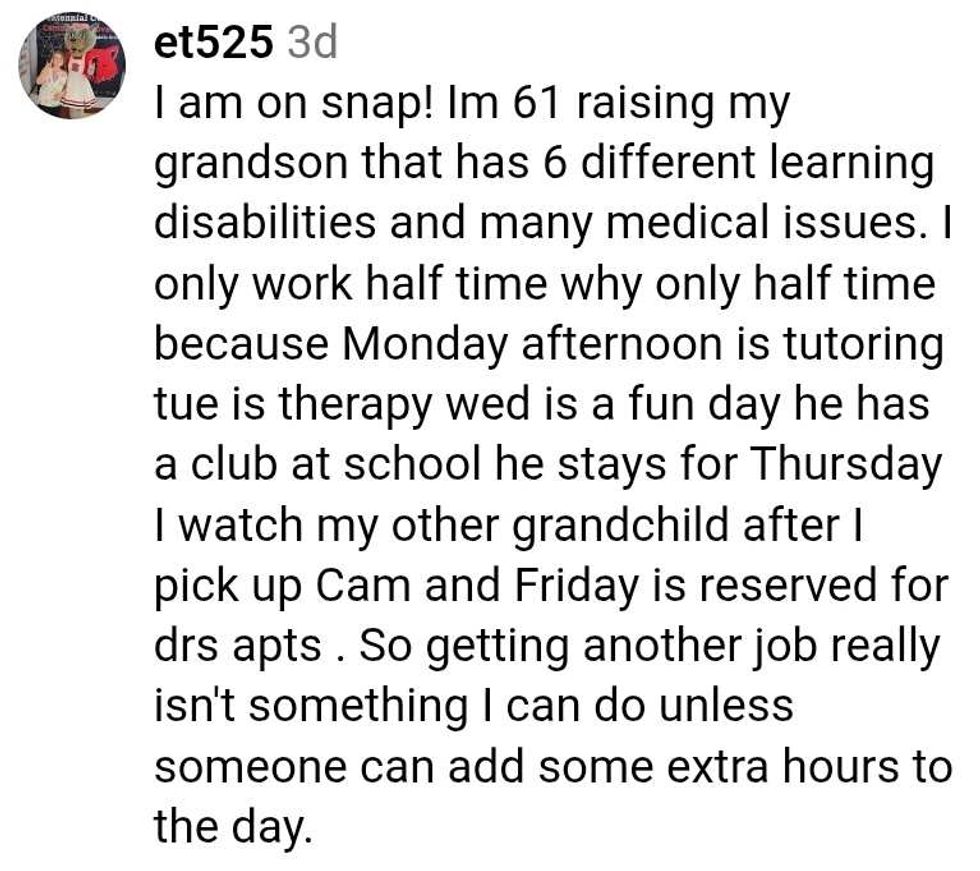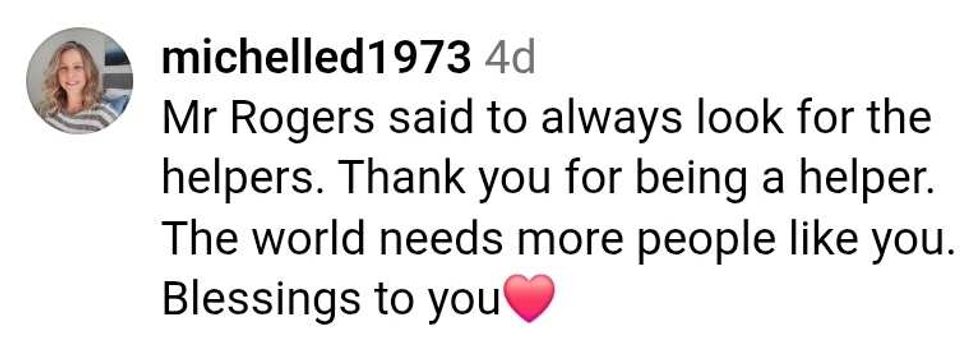Indigenous people in Massachusetts are asking folks to boycott Plimoth Patuxet Museums—a popular living museum purporting to show how life was for the Pilgrims—over the museum's failure to meet promises to create a "bi-cultural museum" showing how Indigenous ancestors lived too.
The museum changed its name from Plimoth Plantation to Plimoth Patuxet in 2020.
But it seems to have largely failed to invest in making the reality of the museum match the new shared name.
\u201cMembers of the Massachusetts Wampanoag community and their supporters say Plimoth Patuxet Museums has not lived up to its promise of creating a "bi-cultural museum" that equally tells the story of the European and Indigenous peoples that lived there. https://t.co/KED1Uj0ZrI\u201d— Ruth H. Robertson (Red Road Woman) (@Ruth H. Robertson (Red Road Woman)) 1660232655
When the name change was announced, the museum claimed the new name represented a "new, more balanced" outlook and the importance of Indigenous perspectives in their educational mission.
Tribal members said the portion of the museum focused on traditional Indigenous ways of life, the Historic Patuxet Homesite, is staffed by workers who are not members of local tribes, is much too small and is in a state of disrepair.
\u201cMembers of the Wampanoag tribe say they were once more deeply involved in the Plimoth Patuxet Museums, but now their participation has dwindled.\n\nhttps://t.co/fKNwJzw9w8\u201d— The Daily Beast (@The Daily Beast) 1660251610
Camille Madison, a member of the Aquinnah Wampanoag Tribe on Noepe—an area colonized as Martha’s Vineyard—said:
"We’re saying don’t patronize them, don’t work over there. "
"We don’t want to engage with them until they can find a way to respect Indigenous knowledge and experience."
\u201cNative Americans urge boycott of 'tone deaf' Plymouth museum https://t.co/n5vECJvAZW\u201d— Terence Towles Canote (@Terence Towles Canote) 1660241790
Paula Peters—a nearly 20 year former employee of the museum and member of the Mashpee Wampanoag Tribe—laid her thoughts out plainly.
"They’ve changed the name but haven’t changed the attitude."
"They’ve done nothing to ingratiate themselves with tribes."
"Every step they take is tone deaf."
Multiple problems have been identified with the museum, including apparent discrepancies between how the two sides are maintained.
During a recent visit, structural issues like holes in the roof of the wetu—the traditional Wampanoag building that serves as the focal point of the Wampanoag exhibit—were seen.
The museum interpreters were wearing street clothes instead of traditional Wampanoag clothing.
In contrast, the Plimoth side of the museum showed signs of recent repairs to the thatched roofs on buildings and museum staff were dressed in period-appropriate clothing.
\u201c"A critical aspect of the struggle for self-determination has involved questions relating to our history as indigenous peoples and a critique of how we, as the Other, have been represented or excluded from\nvarious accounts." 1/2 https://t.co/5LglhLWlVk\u201d— CRTcollective (@CRTcollective) 1660146229
\u201c@plimothpatuxet Plimoth Patuxet Museums' unwillingness to create a space that includes the Wampanoag community is extremely telling. They have made no effort to build relationships with the people whose history they are telling.\u201d— CRTcollective (@CRTcollective) 1660146229
Carol Pollard's late brother Anthony “Nanepashemet” Pollard helped to develop the Indigenous-centered programming at the museum and served as a leading Wampanoag historian.
She expressed her shock and disappointment at the state of the Patuxet side.
"I know my brother would be very disappointed."
"I guarantee you, people dressed in khakis and navy blue tops was not my brother’s vision."
Low pay, poor working conditions and management's tendency to ignore suggestions for improving and expanding the museum were cited as reasons many Indigenous former staffers chose to leave the museum—even though some had devoted significant portions of their lives to helping develop the museum and it's cultural programming.
In a statement released last month, the Wampanoag Consulting Group said:
"For more than a decade now, the museum has systematically dismantled the outdoor exhibit."
"Many steps taken to provide equal representation to Wampanoag programming have been removed, and the physical exhibit is in deplorable condition."
"The result has been the virtually complete alienation of the Wampanoag communities."
A spokesperson for the museum, Rob Kluin, claimed the museum actually expanded the Wampanoag exhibit.
He also said they had raised more than $2 million to expand Indigenous programs and claimed the museum has "several initiatives in place" to improve retention of staff from local Indigenous communities.
He also noted the museum's new Director of Algonquian Exhibits and Interpretation is Aquinnah Wampanoag and serves on his tribe's education committee.
\u201c@7News Throughout the 74 years I lived in Mass, I spent many happy hours in Plimoth Plantation's Native Village, my second home. Best wishes my friends. Serious changes should have been made long ago. Hopefully a new world is waiting just beyond the horizon.\u201d— 7News Boston WHDH (@7News Boston WHDH) 1660137493
Some people, including former supervisor of the Wampanoag exhibit Kitty Hendricks-Miller, have expressed concern about what ideas non-Indigenous children and families are taking away from the exhibit.
\u201cSome Native Americans say this Pilgrim site is failing as a bi-cultural museum \nThere's no point visiting a museum that withholds vital, historic facts. \nBoycott Plimoth Patuxet Museums until they tell the truth.\nhttps://t.co/rfej9wIa5k via @WBUR \n#NativeAmerican #INDIGENOUS\u201d— Git_Yor_Gunz (@Git_Yor_Gunz) 1660143835
The Museum is a very common school field trip for students throughout New England, and may be many children's only exposure to the history of the Wampanoag Tribe.
Hendricks-Miller is Indian education coordinator for her tribe, and encourages teachers to reach out to local Indigenous communities directly for historically accurate and culturally sensitive programs to teach their students about Indigenous history instead of the museum.








 @reelmfishman/Instagram
@reelmfishman/Instagram @reelmfishman/Instagram
@reelmfishman/Instagram @reelmfishman/Instagram
@reelmfishman/Instagram @reelmfishman/Instagram
@reelmfishman/Instagram @reelmfishman/Instagram
@reelmfishman/Instagram @reelmfishman/Instagram
@reelmfishman/Instagram @reelmfishman/Instagram
@reelmfishman/Instagram @reelmfishman/Instagram
@reelmfishman/Instagram @reelmfishman/Instagram
@reelmfishman/Instagram @reelmfishman/Instagram
@reelmfishman/Instagram @reelmfishman/Instagram
@reelmfishman/Instagram @reelmfishman/Instagram
@reelmfishman/Instagram @reelmfishman/Instagram
@reelmfishman/Instagram @reelmfishman/Instagram
@reelmfishman/Instagram @reelmfishman/Instagram
@reelmfishman/Instagram @reelmfishman/Instagram
@reelmfishman/Instagram @reelmfishman/Instagram
@reelmfishman/Instagram @reelmfishman/Instagram
@reelmfishman/Instagram @reelmfishman/Instagram
@reelmfishman/Instagram @reelmfishman/Instagram
@reelmfishman/Instagram






 @TomiLahren/X
@TomiLahren/X
